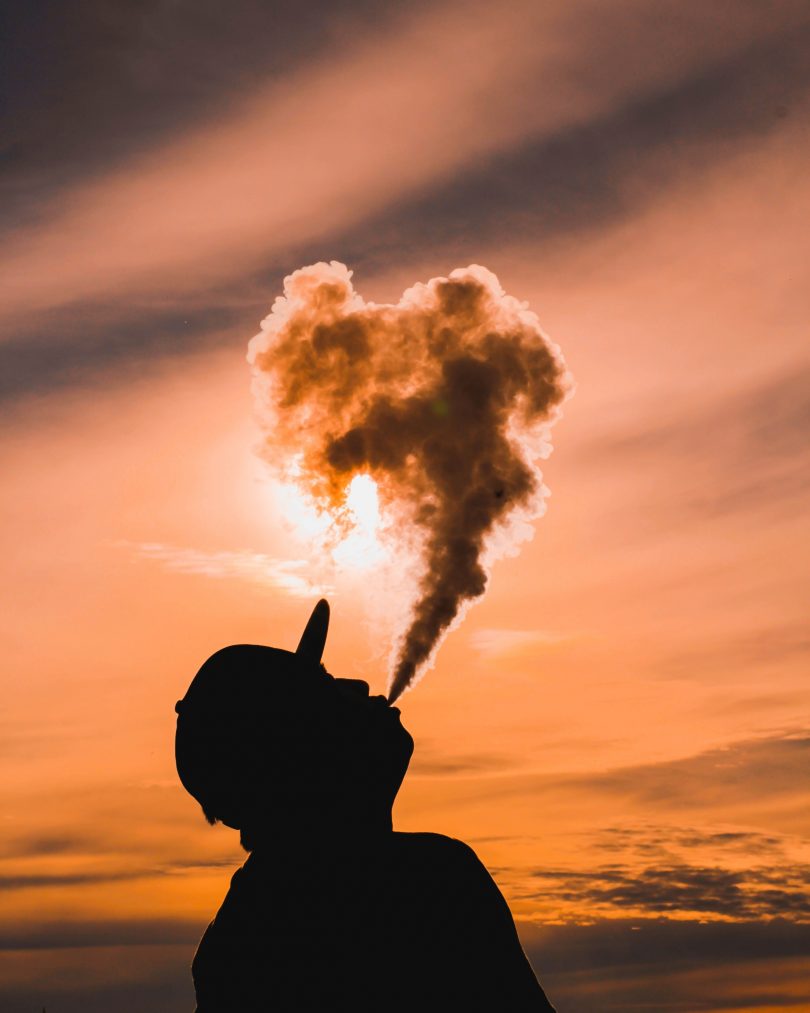Drug testing dates to the Reagan Years as part of the government’s declaration of the War on Drugs. It’s reported that 90% of Fortune 1000 companies and 62% of all employers within the United States require drug testing. This practice is at odds with the medicinal elements of cannabis and the millions of people who are using cannabis to treat qualifying medical conditions. Some states protect medical cannabis users from job-related discrimination. These states recognize the fallacy in a Schedule I classification. Even in states with recreational cannabis, however, not every employer is keen on their staff using cannabis.
Efforts to beat the test likely coincide with the tests themselves. A 2019 study evaluated the effects of hair treatments on cannabinoids in hair, such as getting a perm, dyeing your hair, or bleaching out the color. [1] Specifically, the researchers evaluated hair treatment on delta-9-tetrahydrocannabinol (THC), cannabidiol (CBD), cannabinol (CBN), and 11-nor-delta-9-tetrahydrocannabinol-9-carboxylic acid (THC-COOH).
The hydrogen peroxide (H2O2) used when bleaching hair can cause oxidative damage and breakdown of melanin, a dark brown to black pigment in hair (eyes and skin, too). A perm employs ammonium thioglycolate and H2O2, and hair dye uses basic aqueous solutions and H2O2.
A previous study demonstrated a 14% reduction in THC concentration when evaluating bleached hair (no effect on THC-COOH) and a 30% decrease in THC after a dye job (60% reduction of THC-COOH). [2]
The 2019 study began with 30 THC-positive hair samples plucked from the heads of 25 people. The researchers divided the hair pool into the following: 15 samples for bleaching, 11 for perms, and 4 to be dyed. Commercially available Schwarzkopf bleaching, perming, and coloring kits were used as per product directions. Tap water was used for rinsing to best recreate the everyday application of these products. The researchers used the maximum application times to achieve the most profound effects possible.
Solid-phase extraction (SPE) allowed the researchers to remove cannabinoids from the matrix. The cannabinoids were measured using gas chromatography with tandem mass spectrometry (GC-MS/MS). Prior to quantifying cannabinoids, though, the researchers validated their method.
Bleaching resulted in the following reductions: 35% for THC, 23% for THC-COOH, 29% for CBN, and 17% for CBD. Incubation of the hair samples in 30% H2O2 led to decreases in THC (93%), CBN (78%), and CBD (89%), demonstrating the chemical effect of H2O2 on cannabinoids. The higher the initial concentration of cannabinoids in the hair, the more dramatic the cannabinoid loss.
The home permanent also led to reduced cannabinoid content across the board (THC = 48% decrease; THC-COOH = 23%; CBN = 10%, and CBD = 46%). An incubation with just ammonium thioglycolate led to no measurable differences.
The effects from dyed hair were much less dramatic, with a 6% reduction in THC, 11% for THC-COOH, and 13% for CBD. A 5% increase in CBN was quantified, but the authors labeled this as “negligible.” The small sample size (n=4) used in the hair dye part of the study led the researchers to pose their conclusion as “not final,” as they look to process more samples. Nonetheless, all hair treatments affected cannabinoid content.
References
- Elsué, N. and Yegles, M. “Influence of Cosmetic Hair Treatments on Cannabinoids in Hair: Bleaching, Perming, and Permanent Coloring.” Forensic Science International, vol. 297, 2019, pp. 270-276. [journal impact factor = 1.990; Times Cited = 4 (SemanticScholar)]
- Jurado C. et al. “Influence of the Cosmetic Treatment of Hair on Drug Testing.” Int J Legal Med, vol. 110, no. 3, 1997, pp. 159-163. [journal impact factor = 2.200; Times Cited = 77 (SemanticScholar)]
Image Credit: Photo by Donn Gabriel Baleva on Unsplash








